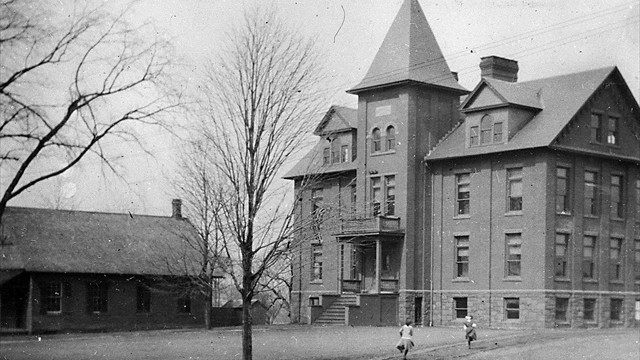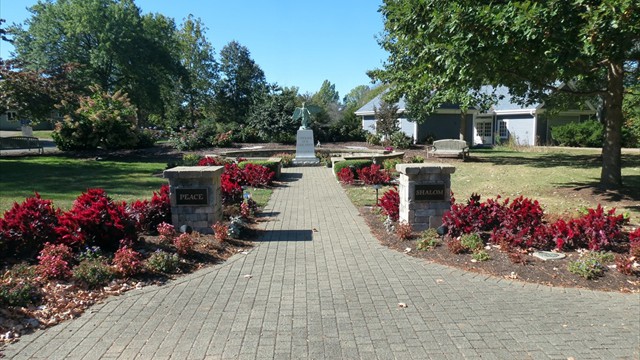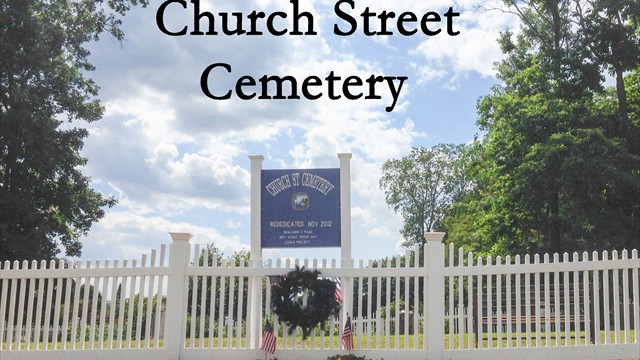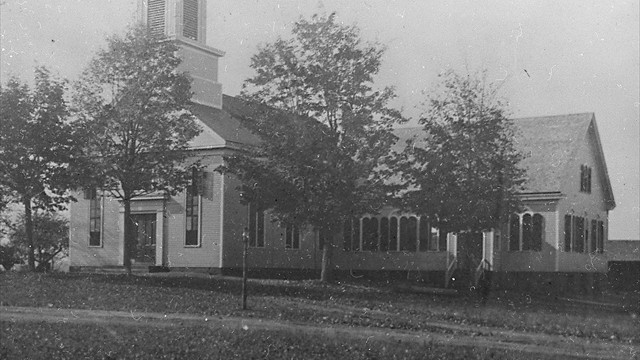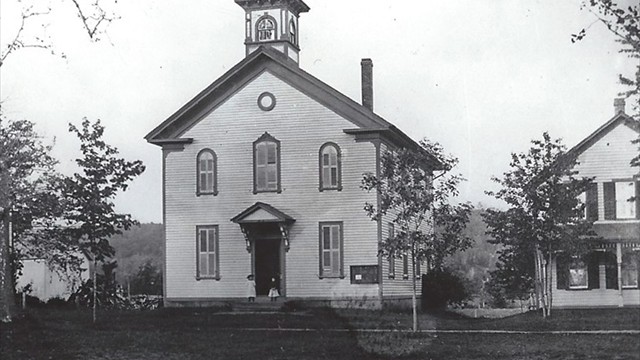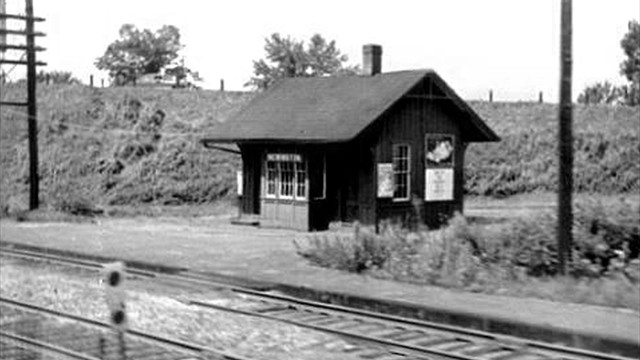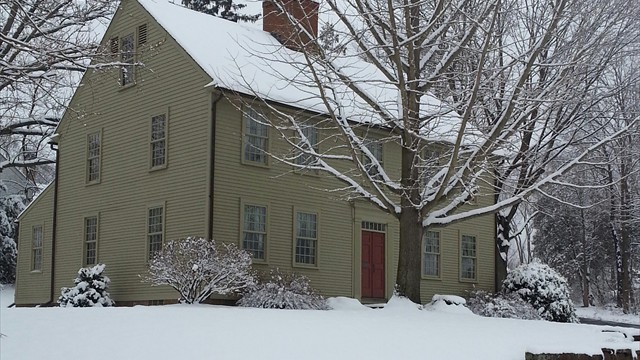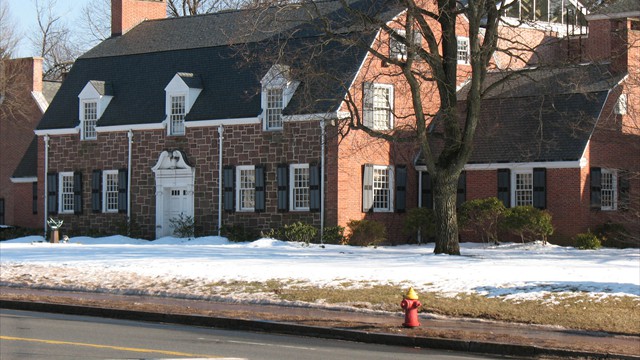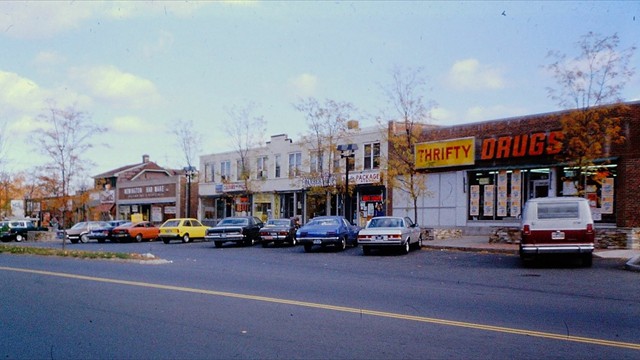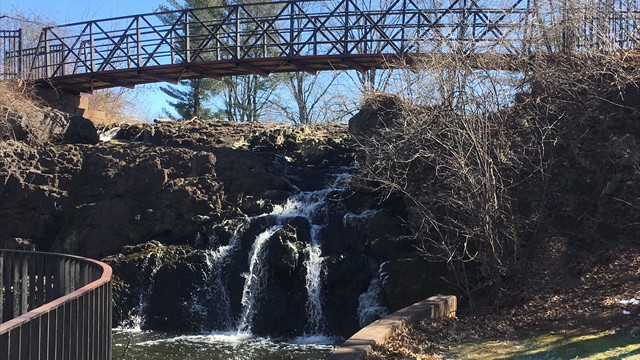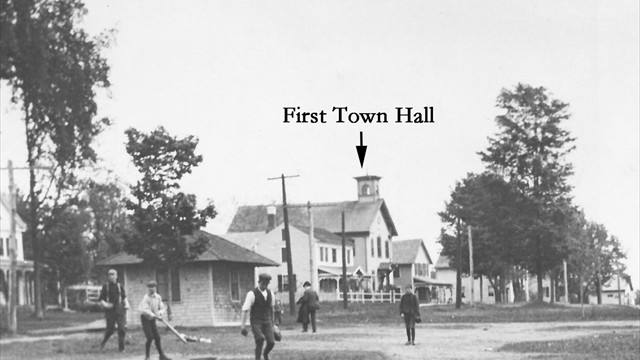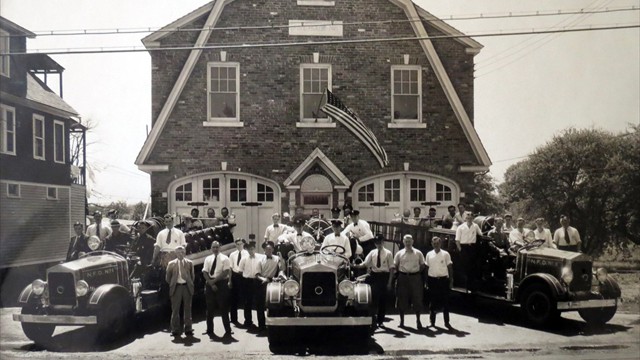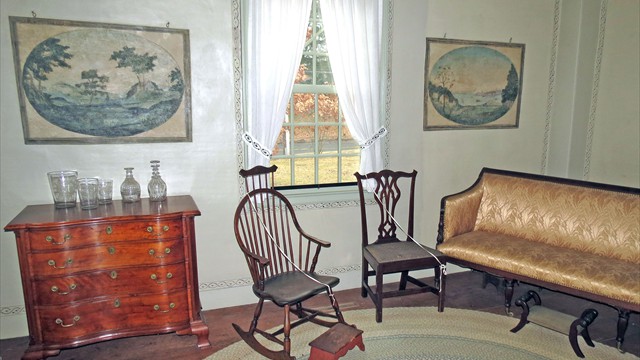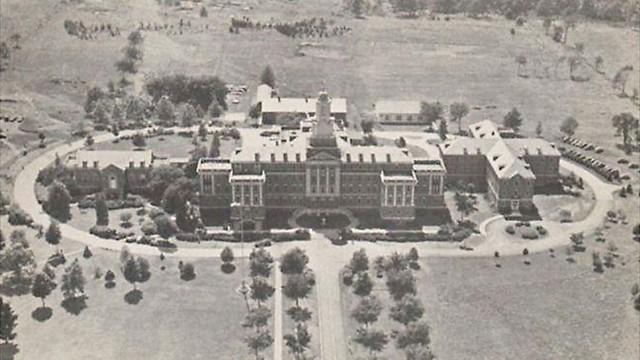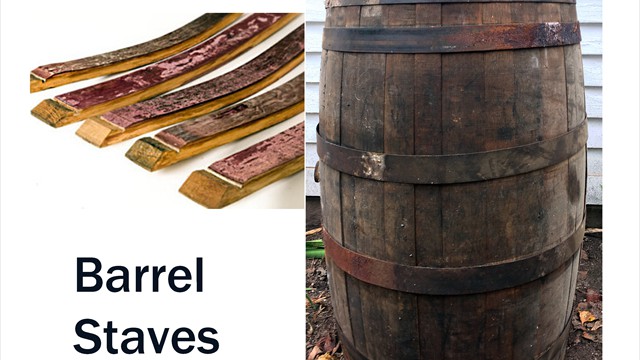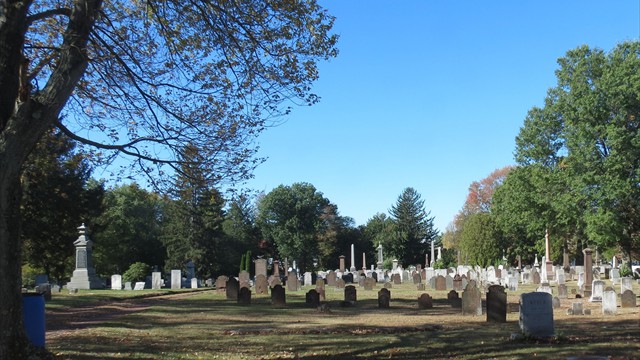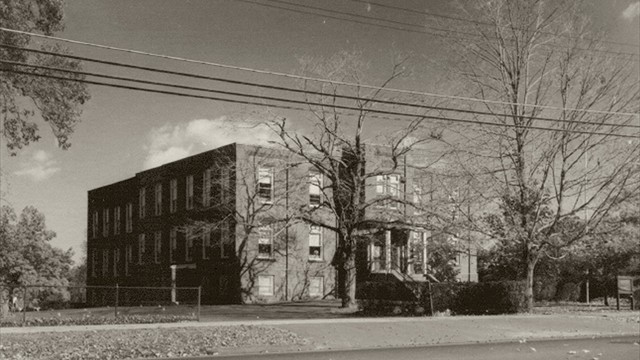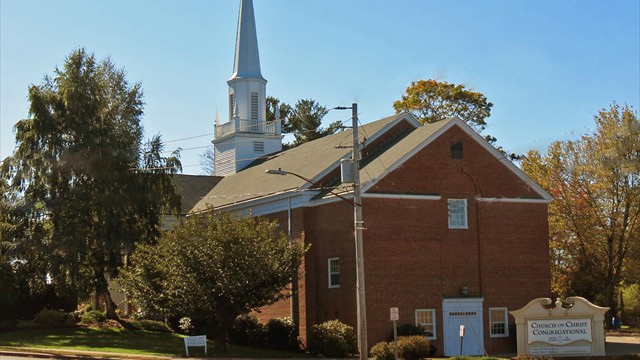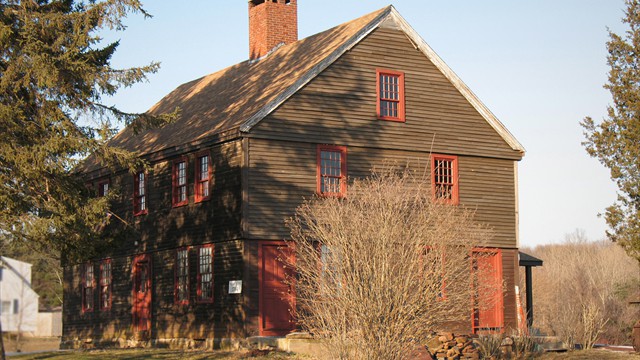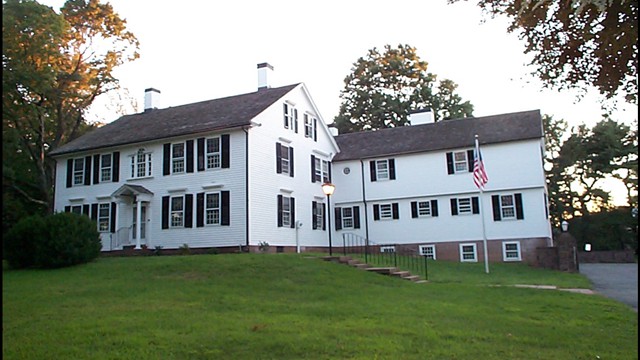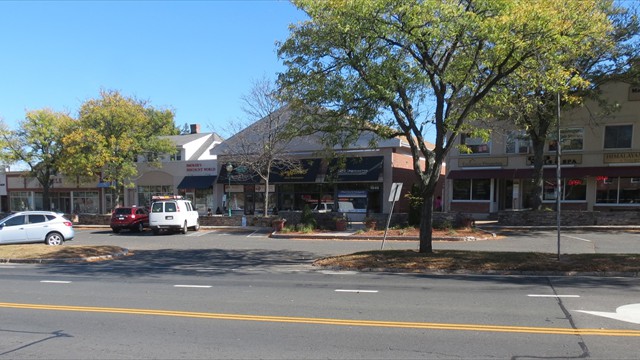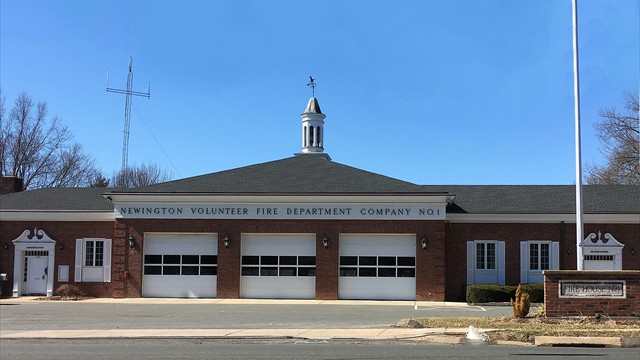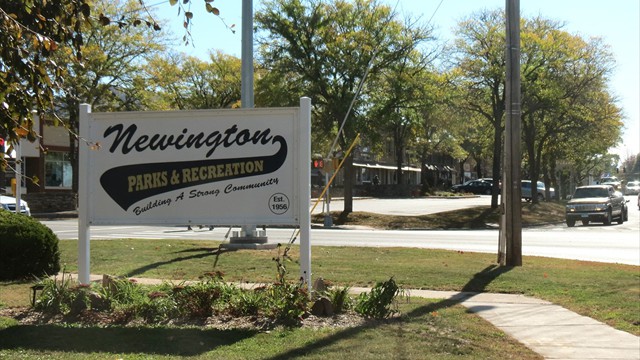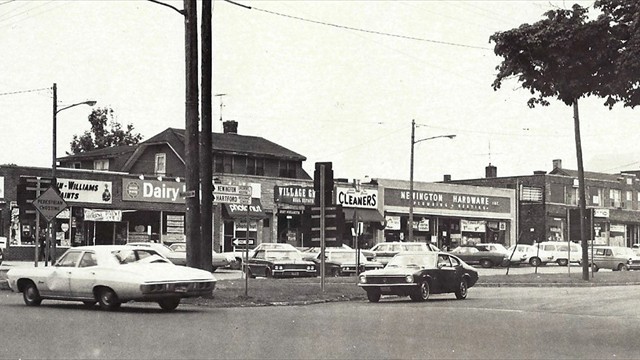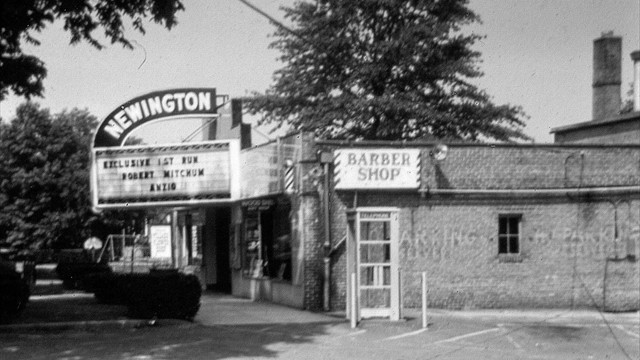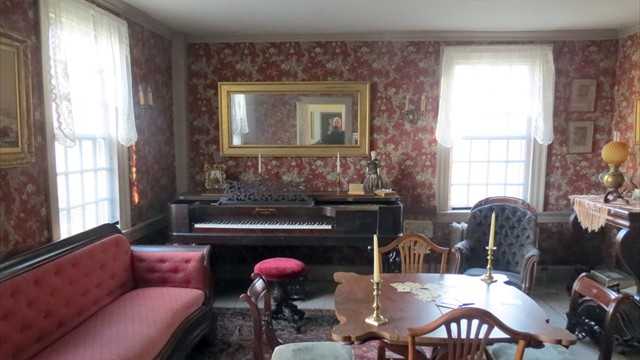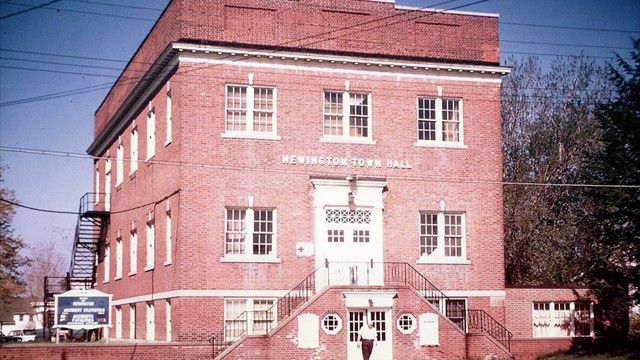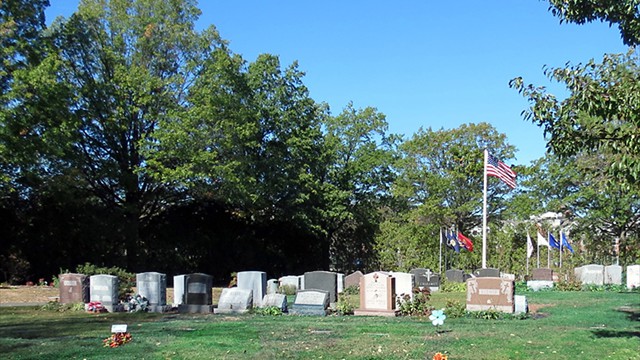
|
bootstrap carousel example by WOWSlider.com v9.0
|
|
Welcome To Historic Newington
Sometime before 1665, the colonists bought a large parcel of land, which now comprises Wethersfield, Glastonbury, Newington, Rocky Hill and a part of Berlin. Therefore, Newington's first settlers were from Wethersfield and remained a part of Wethersfield until 1871. Lands in the Western part of Wethersfield were used for timber and pasture land but travel between Newington and its parent community became a difficult task through the winter months. In 1677, Wethersfield granted four men the right to build a sawmill on the pond (Mill Pond), making use of the natural waterfall for the purpose of manufacturing pipe (barrel) staves. Here Newington, as a part of Wethersfield, had its start. The wood was very good for making pipe staves and this first industry in Newington lasted about one hundred years until the wood dwindled and caused its demise. In 1708 the settlers petitioned to become a separate parish because of the difficulties in traveling across the mountain from Newington to Wethersfield in the winter months. This request was denied but they were granted the right to worship by themselves from December through March. Again in 1712 they petitioned to be a separate parish and this time it was granted. Newington continued to grow in relative isolation, until the establishment of the Hartford-New Haven Turnpike around 1800. In the 1880s the railroad had come through Newington and frequent and inexpensive transportation attracted growth. Newington applied to the General Assembly of the State of Connecticut for incorporation which was approved in 1871. The trolley car and automobile brought more growth early in the 20th century and attracted many new families and businesses. |
|
bootstrap carousel example by WOWSlider.com v9.0
|
|
|
|
Newington Historical Society & Trust, Inc
679 Willard Avenue, Newington, Connecticut 06111 |
|
In 1677, Wethersfield granted four men the right to build a sawmill on the pond (Mill Pond), making use of the natural waterfall for the purpose of manufacturing pipe (barrel) staves. Here Newington, as a part of Wethersfield, had its start. The wood was very good for making pipe staves and this first industry in Newington lasted about one hundred years until the wood dwindled and caused its demise. Mill Pond waterfall, in the center of town falls some 15 feet and is offered as the smallest natural waterfall in the United States. It is illustrated on the Town Seal. |
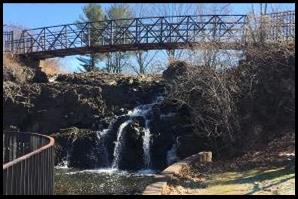
|
Both the Kellogg-Eddy House & Museum and the Kelsey House are listed on the National Register of Historic Places.
Museum Tours: During All Public Events and by Appointment Only. |
|
Up Coming Events for 2024
Details of all upcoming events can be viewed from the Calendar tab above, and then click on the appropriate link. |
|
(Reservations Required) |
Kellogg-Eddy House |
Sunday, April 14 |
11 am-Noon 1 pm-2 pm |
|
|
|
|
|
|
Annual Membership Meeting
(Meeting, Program & Refreshments) |
Kellogg-Eddy House |
Sunday, May 19 |
2 pm |
|
|
|
|
|
|
Kellogg-Eddy House |
Saturday, June 1 |
9 am-2 pm |
|
|
|
|
|
|
